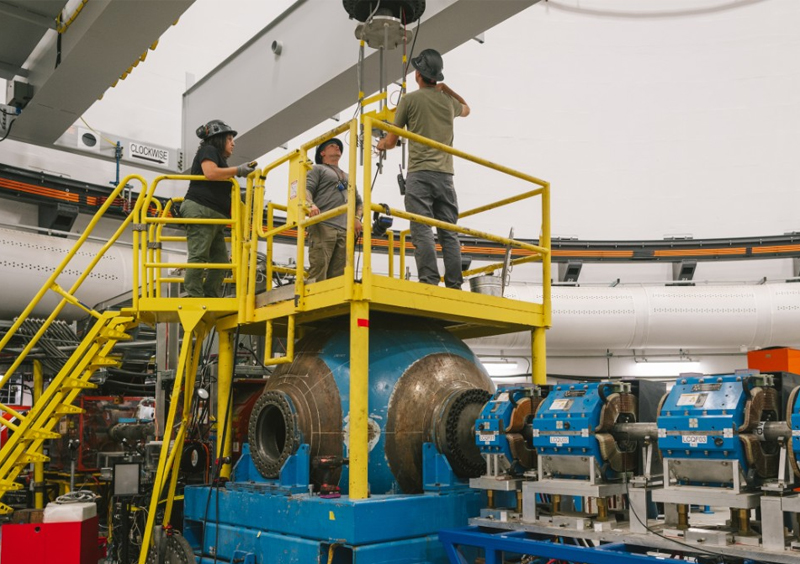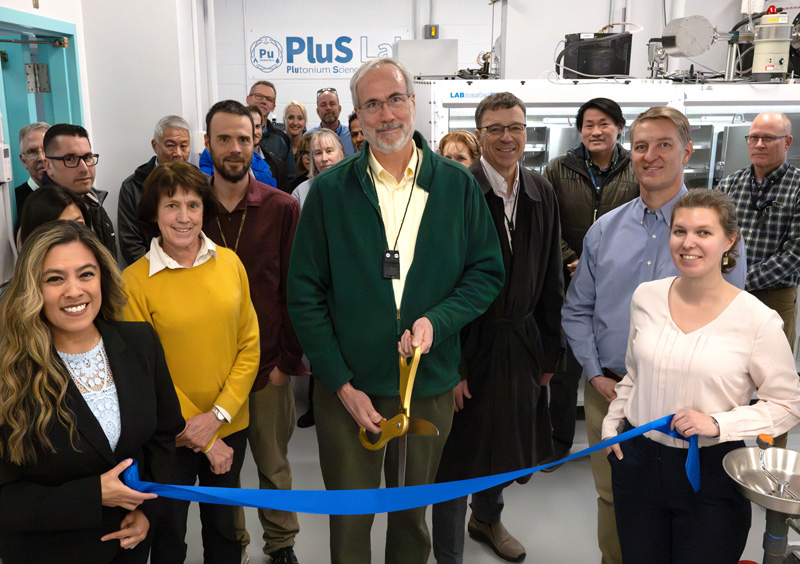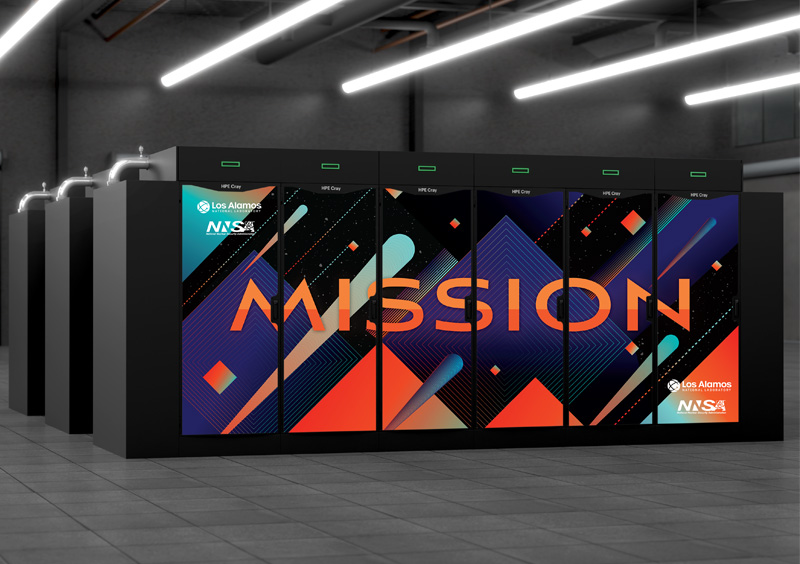Los Alamos National Laboratory recently received a perfect score from the New Mexico Environment Department on its management of hazardous waste generated on-site, a rarity for such a large, complex institution. This is the Lab’s best performance rating in decades.
"It's very rare to have an inspection where they don't issue any violations," said Jason Hill, an environmental manager with the Lab’s Waste Management Programs. "Both the state and federal government are very focused on hazardous waste — and rightly so. When they come in, they're looking for little details. This score is a testament to our continued efforts to maintain safe and environmentally sound operations as we carry out our national security mission.”
Hazardous waste generated across the site includes solvents and contaminated debris, as well as heavy metals like cadmium, chromium, mercury and lead. It also includes batteries, lamps, aerosol cans and mercury-containing equipment from scientific research activities.
During NMED's visit, which took place with two days’ advanced notice, they inspected more than 2,000 containers of hazardous waste kept at nearly 500 sites across the Lab. They noted that all containers were properly stored, labeled and managed.
Storage requirements provide various time limits for hazardous waste to remain on-site, and the Lab was fully compliant in that realm, quickly shipping waste off-site to permanent disposal facilities. Records of weekly internal inspections to ensure waste containers weren't showing signs of degradation were also well-kept and comprehensive.
Hill noted that proper labeling involves identifying the various constituents combined in a waste container and whether they're corrosive, ignitable or combustible — all necessary information for those transporting, treating and storing waste once it leaves the Lab. Management of the waste includes maintaining logs and manifests that account for all waste stored across our nearly 40 square miles, along with its shipping record once transported.
Decontamination systems, such as eye wash stations and safety showers in the case of chemical exposure have also been well-maintained, NMED said.
LA-UR-24-32486






